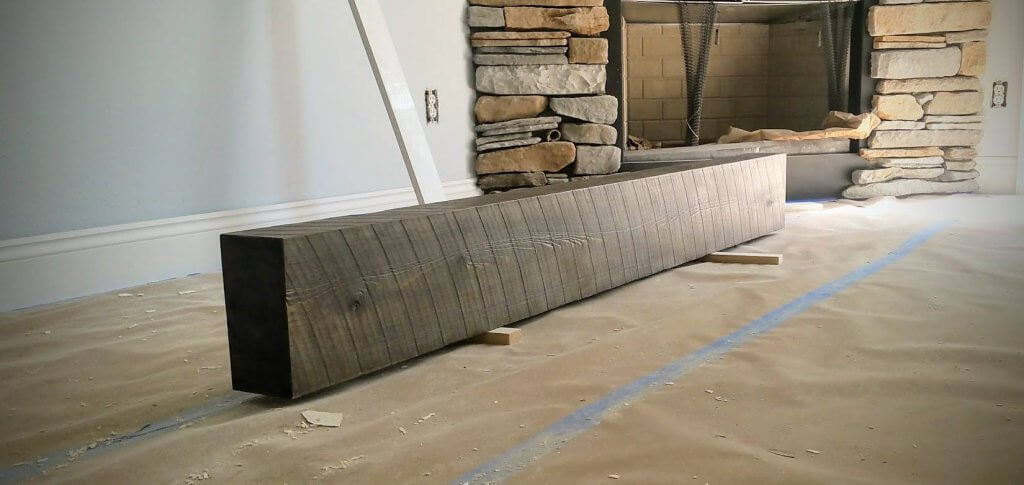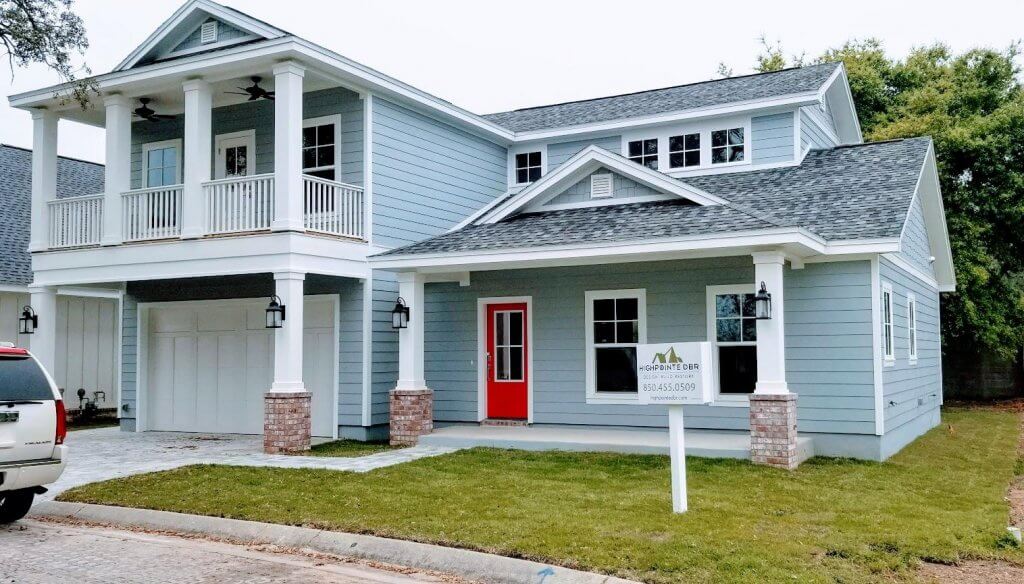As President and Principal Owner of Highpointe DBR, I’ve spent a lot of years designing and building Green Homes here on the Gulf Coast of Florida’s Panhandle.
Over time, I’ve come to notice that the industry terms tossed around by builders don’t always mean much — if anything — to our clients. I’ve also noticed that what we builders often believe are “must have green features” aren’t as important to our clients as we assume. Let’s take the term “Sustainability” to start.
What is Sustainability in Construction?
Sustainability is defined as the ability to be maintained at a certain rate or level. Simply put, something is sustainable if it can continue indefinitely without consequence. In the building industry, we use the term sustainability to describe designing and building custom homes which do not excessively deplete those resources which cannot be easily replaced.
For example, we don’t use old-growth timber to frame houses, nor do we use coal-fired furnaces to heat our homes. The plantation-raised timber from nearby managed forests is sustainable in that it can be easily replaced and is cost effective. Similarly, we don’t call the coal truck to feed our furnaces, we use economical natural gas that is piped directly into our neighborhoods.
We also employ smart building strategies to minimize the energy needed to heat, cool and light our homes regardless of the energy source. We augment our grid power with solar panels, choose high-efficiency equipment to minimize our energy use, and select manufacturers who minimize their use of unsustainable materials.

Talking Sustainability in Plain Language
In order to bridge the gap between professional jargon and the terms our clients use, I believe it behooves us to better communicate our intentions. It’s not enough to say we consider sustainability in our designs and construction, we have to communicate how it benefits our clients over time. Making a home more sustainable not only minimizes impacts on the environment, it lowers the cost of living in that home for years to come.
So, rather than go on and on about sustainability, we’ve tried to shift gears and talk about how the windows and doors we select provide a tight seal and prevent air intrusion. When we relate terms like air intrusion to lower power bills and more comfortable winters and summers for the owners, it all makes sense.
In discussions about HVAC equipment, we explain that variable speed fans and variable speed compressors provide savings because they cost less to operate. Likewise, when we talk about whole home dehumidifiers, we can easily explain how dryer air inside makes people feel more comfortable at a higher temperature. Everyone knows that the higher you set your thermostat, the lower your power bills will be during summer.
Sustainability Costs Less in the Long Run
Sustainability isn’t a complicated notion, but I believe it requires real-world examples of potential benefits for clients to embrace Green Building. Once we help them understand, it’s very easy to compare the higher upfront costs with the overall lower cost of ownership. When we communicate clearly, our clients can make informed decisions and see how sustainability benefits their bottom line.
Halley Lovato
President and Principal Owner
Highpointe DBR, LLC

